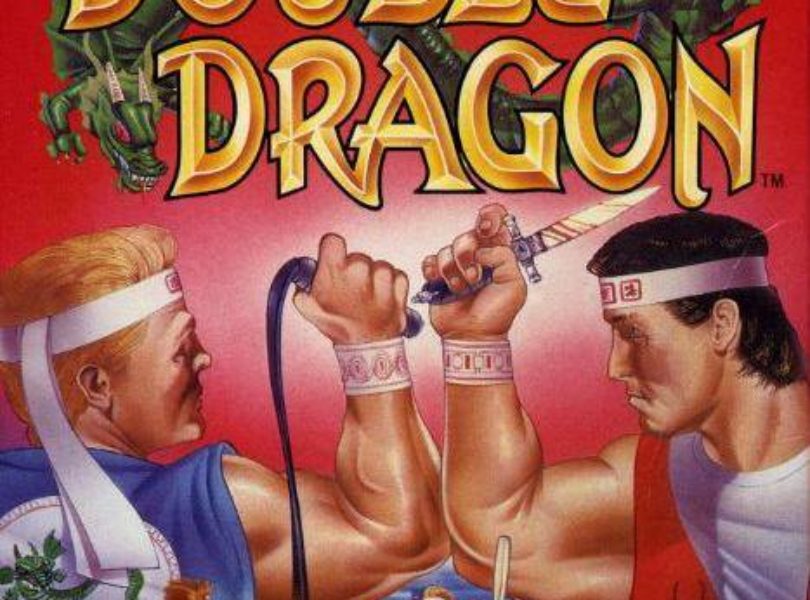Release Date: October 1988
Developer: Technōs Japan
Publisher: Tradewest
Double Dragon is a well-known and loved old-school side-scrolling beat ‘em up. Released in the arcade in 1987 by Technōs Japan, it had players control one of two brothers, Billy Lee or twin Jimmy. Players could play alone or with a friend, fighting through four stages of turf belonging to a gang called the Black Warriors. Their goal is to rescue Billy’s girlfriend, Marian, from the gang leader, Willy (no relation).
The arcade version was a hit, and a home version was inevitable. There were, in fact, home ports for the Atari 2600, Atari 7800, Nintendo Entertainment System (NES), Sega Master System, and Sega Genesis video game consoles; the Nintendo Game Boy and Atari Lynx portable consoles; and the Amstrad CPC, Commodore 64, Amiga, and Amstrad CPC home computers.
The home port of Double Dragon for the Famicom, the Japanese version of the NES, was handled in-house by Technōs Japan, The publishing rights for the North American version were handed off to Tradewest, who released the game on October 1988 and handled the other home ports.
Because of the technical limitations of the NES and the inexperience of the programmers with the hardware, there were some trade-offs. Chief among them is that there is no co-op play in Double Dragon for the NES. Instead, two players alternate gameplay, similar to the two-player mode in Super Mario Bros. As a consequence of the lack of co-op play, Technōs Japan decided to change the story. Billy Lee was the only protagonist in the NES version; Jimmy was changed to be the leader of the Black Warriors, supplanting Willy (again, no relation).
Another change due to technical and programming limitations was that only two enemies are able to attack you at once, and both are the same character. That isn’t a huge deal, but it’s a little silly. Finally, weapons that are dropped by enemies can be picked up by the player to use on them, but they disappear from your hand once the area is cleared.
One concession thrown to players who wanted to play together is Mode B, a bonus mode where one player can fight head-to-head against the computer or against a second player. Player 1 would select one of six characters, and the second player would play as a double of the character selected. It was a cheap bone thrown at players who wanted to play together, but it is as close to a Street Fighter-style game as there was on the NES at the time, and it works well.
Otherwise, the game is pure NES goodness. Controlling Billy Lee is a cinch, and he responds well to input. The graphics are colorful and pretty detailed. The Master System version was a little sharper in the graphics department, but the NES version looks great regardless. The game is strong in the musical department as well, as the tunes for each of the four missions are strong and energetic. NES chiptunes always sound lovely to me, and this game does not disappoint. A small leveling system was also added to the game. Billy Lee only starts with a basic kick and punch, but can gain levels and add moves to his repertoire, like a jump kick or a run.
Does it still hold up? Yes and no. Later NES brawlers, like River City Ransom and this game’s follow-up, Double Dragon II: The Revenge, amp up the formula considerably, adding true co-op gameplay, and are way more satisfying games. (Don’t touch Double Dragon III: The Sacred Stones unless you love brutal torture, as that game is sadistic!) But Double Dragon is still a fun retro title on its own.
For those who do not own an original NES but want to give the game a spin, Double Dragon for the NES is available on Nintendo’s Virtual Console for the Wii and Wii U, as well as the 3DS eShop.
Good: Decently faithful port of arcade title; graphics and music are satisfying.
Bad: No co-op play; many technical limitations.
Final score: 6/10


